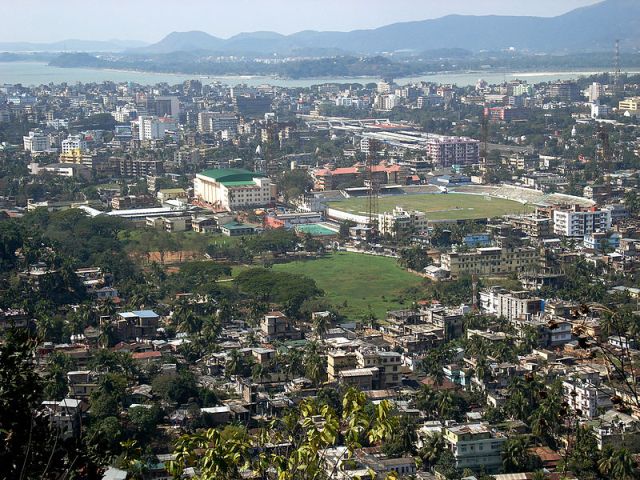Use Case 1: Water Distribution Network Guwahati
Challenges in the Guwahati Metropolitan area:
- Water supply facilities cater to less than 30% of the population, for only about 1-2 hours per day;
- Most of the plants and pipelines have outlived their designed life period and are prone to leakages leading to the infiltration of contamination;
- Consumption of groundwater with heavy metal can lead to life-threatening diseases.
Scope of the use case:
- The water distribution network of the Guwahati city is located in the west zone of Guwahati, the South Central Area;
- The water supply area is split into 13 DMAs, and 4 of these DMAs (33km pipe length) will be considered for the LOTUS sensor analysis.
Key aims for improving water supply in the Guwahati Metropolitan area:
- To increase water supply from 2 hours per day to 12 hour per day for Guwahati residents in the South Central Area;
- To enable tap water to be consumed without further local treatment;
- To reduce operational cost by 10 % and Non-Revenue Water (NRW) by 10 %;
- To optimise chemical dosage by 10% with the help of optimal control algorithms and real-time sensing of residual chlorination levels.
How LOTUS will improve water supply in the Guwahati Metropolitan area:
- The Guwahati Water Board is planning a major upgrade of the network with the long-term goal to provide 24/7 water supply;
- The placements of LOTUS sensors will be optimised to allow the aims to be achieved at minimal cost,
- The distribution network design and design standardization for intermittent water supply networks will be addressed.
Current developments:
- 28 potential sensor locations in the Guwahati water distribution network, in the South-Central Area has been identified,
- These locations have been verified physically and corresponding details regarding the location, connectivity, power, pipe sizing have been gathered.
Outcomes of Use Case 1:
- Provision of a safe drinking water supply, without local treatment, free from water-based diseases.


